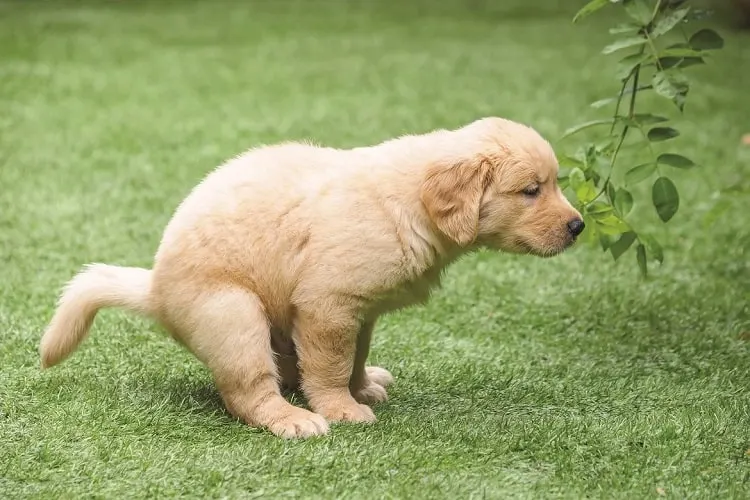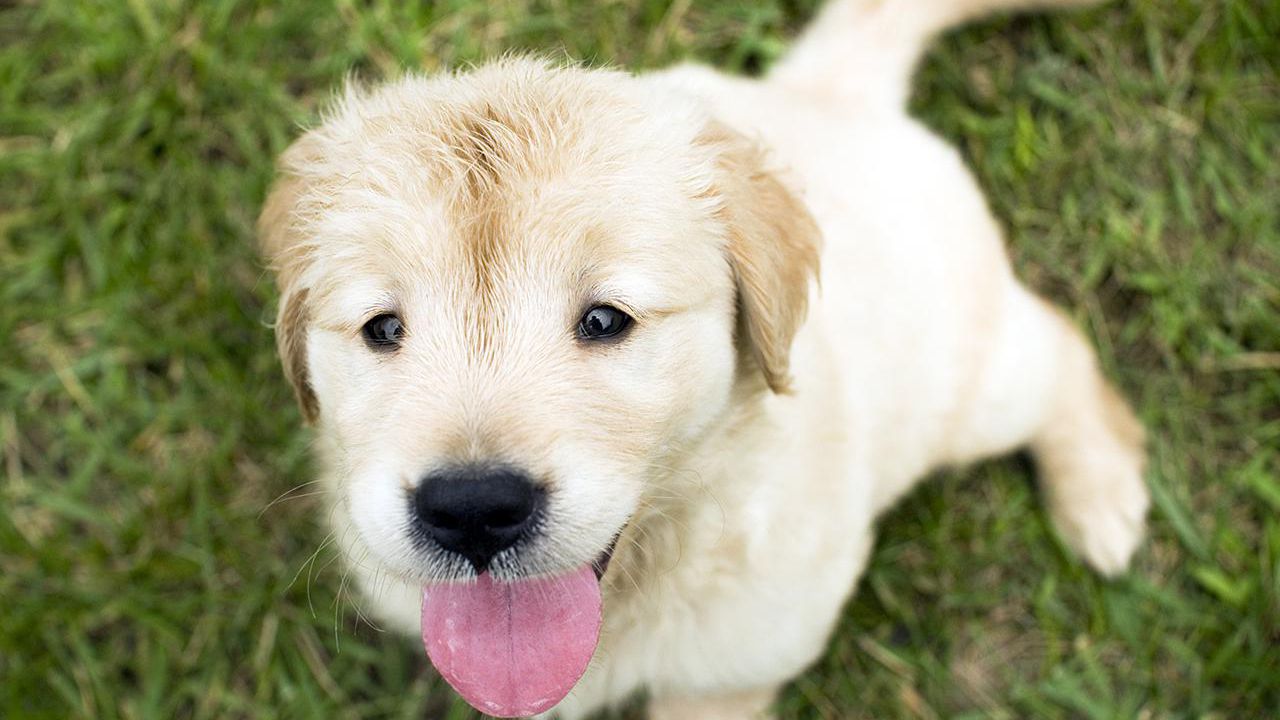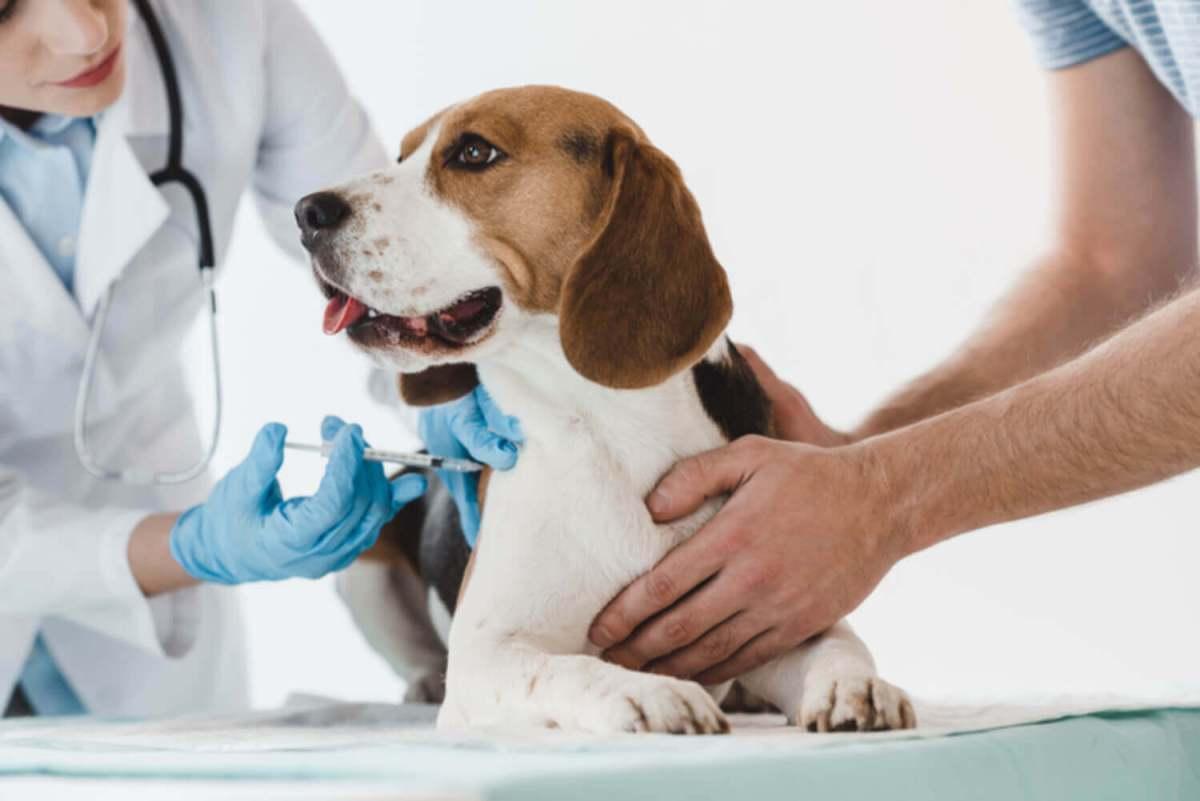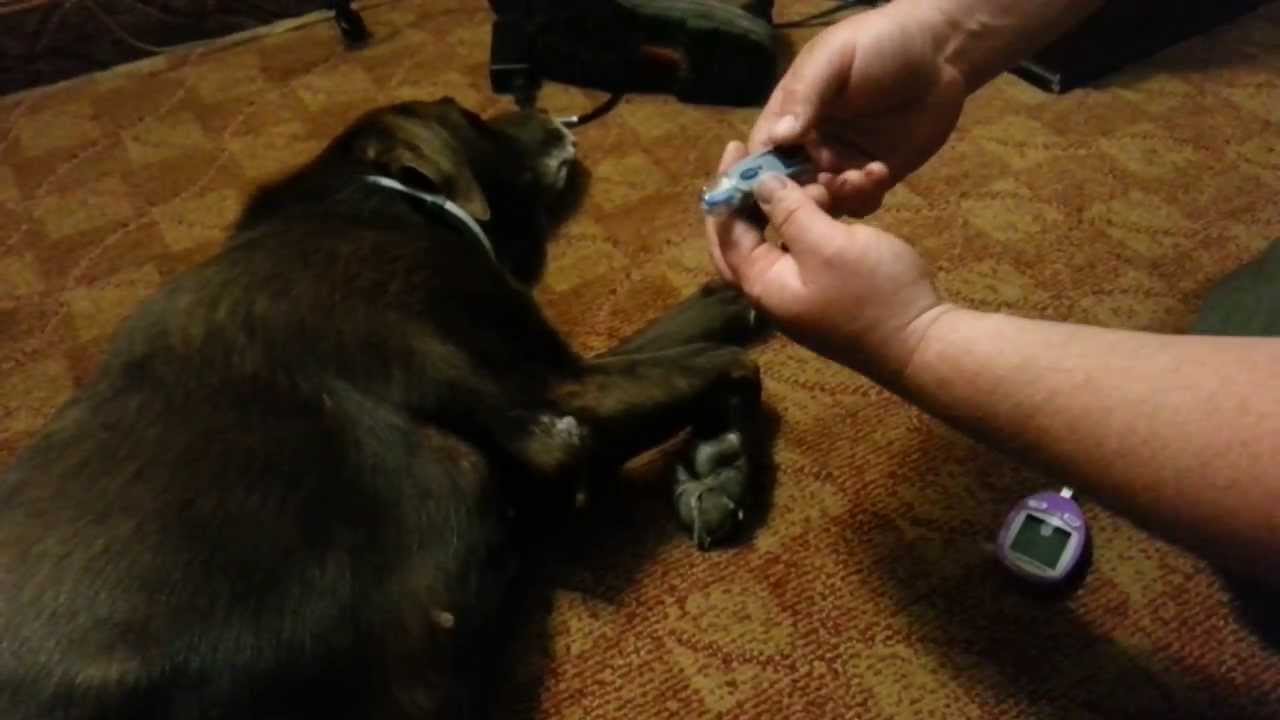How to Understand Your Dog’s Signals During Potty Training
Understanding your dog’s signals during potty training is an essential step in fostering a healthy relationship with your furry friend. Dogs have unique ways of communicating, and as a pet owner, getting to the bottom of these signals can make the training process much smoother and quicker. Below, we’ll delve into how you can crack the code to your dog’s potty signals, saving both you and your dog unnecessary stress.

Content
Decoding Pre-Potty Signals
Every dog, be it a pup or an older dog, has a set of pre-potty signals that they exhibit before they need to relieve themselves. These signals can vary widely but usually involve actions like sniffing around, circling a spot, or showing signs of restlessness. Understanding these early signs can lead to a successful potty training process.
If you’re in the early stages of training, you might find this house train any dog guide immensely helpful. It gives you a roadmap to a well-housetrained dog using proven techniques that work 100% of the time. But before you jump into the guide, let’s look at some typical pre-potty signals and what they mean.
Typical Signals and What They Mean
Sniffing Around
This is a common behavior where dogs sniff the ground more intensively than usual. They are generally looking for a spot to relieve themselves. Keeping a close eye on this behavior and guiding them to the right spot will reinforce positive behavior.
Circling a Spot
Just like sniffing, circling a specific spot is a clear indication that they have found their preferred spot. Quickly leading them to the designated potty area will train them to associate that spot with relieving themselves.
Restlessness
When a dog becomes restless, pacing back and forth, it is usually a sign that they want to go out. Being alert to this behavior can prevent accidents and encourage them to wait until they are in the correct area to do their business.
Training Tools and Resources
Training your pet efficiently requires the right set of tools and resources. It involves understanding their behavior deeply and adapting to their unique needs. It is advisable to delve into materials that offer insights on pet training to arm yourself with knowledge before embarking on this journey.
If you are looking for further reading, you can explore the psychological patterns of dogs in articles that discuss the habits of pet owners, such as the piece on 6 mistakes dog owners make when buying a new house, which offers a deeper understanding of dog behaviors and how to avoid common pitfalls.
Setting Up the Perfect Environment
Creating a conducive environment for potty training goes a long way in ensuring success. This entails:
- Choosing the right flooring: A floor that is easy to clean and does not retain odor will be beneficial. Consider options highlighted in discussions about the best flooring choices for homes with pets to make an informed decision.
- Setting a routine: Dogs thrive on routines. Setting a regular schedule for potty breaks will help them adapt quickly to the routine, reducing the chances of accidents happening.
Closing Thoughts
Understanding your dog’s potty signals is the cornerstone of a successful potty training regimen. By learning to read the early signs and responding accordingly, you foster a stress-free environment where your dog can thrive.
Remember to be patient and consistent in your training. Equip yourself with the necessary knowledge and tools to make the process smoother for both you and your furry friend. Happy training!
The Importance of Positive Reinforcement
During the potty training journey, it is critical to uphold a positive atmosphere that encourages your dog to adhere to the new rules. Celebrate their success each time they use the designated potty area correctly. This could involve verbal praises, pats, or even small treats. Remember, the goal is to help them associate the right behavior with positive experiences, fostering a willingness to repeat the correct actions in the future. Likewise, it is equally essential to avoid punishment in instances of accidents, as it can cultivate fear and anxiety, making the training process even more challenging.
Building Trust and Understanding
A trusting relationship between you and your furry friend is pivotal in potty training and beyond. When your dog trusts you, they are more likely to follow your guidance without resistance. To foster this bond, spend quality time with your pet, engaging in activities they love, and ensuring their comfort and safety at all times. Understanding is a two-way street; while you are learning to understand your dog’s signals, they are also learning to understand your commands and expectations. Make this learning process pleasant and enriching by being attentive to your dog’s needs and cues, facilitating a harmonious living environment.
Recognizing Medical Issues
It is important to be cognizant of the fact that sometimes, accidents might be a result of underlying medical issues and not necessarily a failure in training. If your dog seems to have trouble holding their bladder or experiences frequent accidents despite consistent training, it may be time to consult a veterinarian. Early recognition of any health concerns and seeking timely medical intervention can prevent complications and help in adapting the training regime to suit your dog’s specific needs. A well-rounded approach to potty training incorporates an understanding of the possible health factors influencing your dog’s ability to adhere to the training guidelines.

Emily’s passion for small critters knows no bounds. She’s your guide to the wonderful world of hamsters, guinea pigs, and all things pocket-sized.






